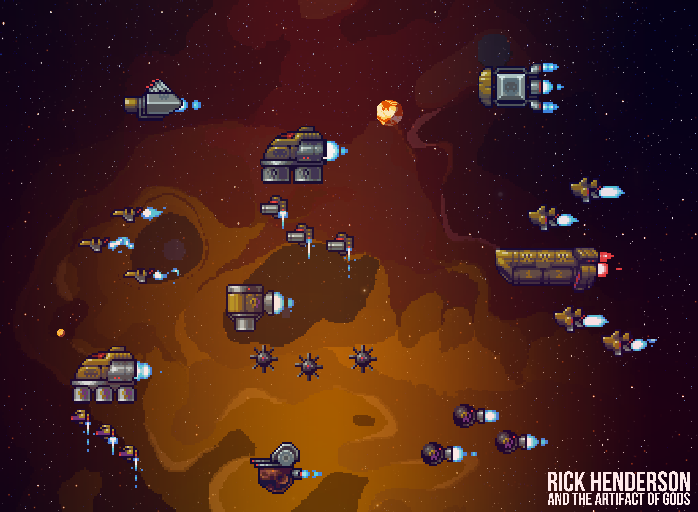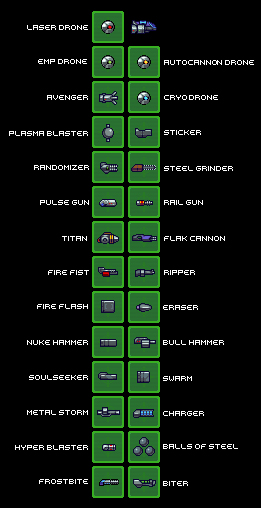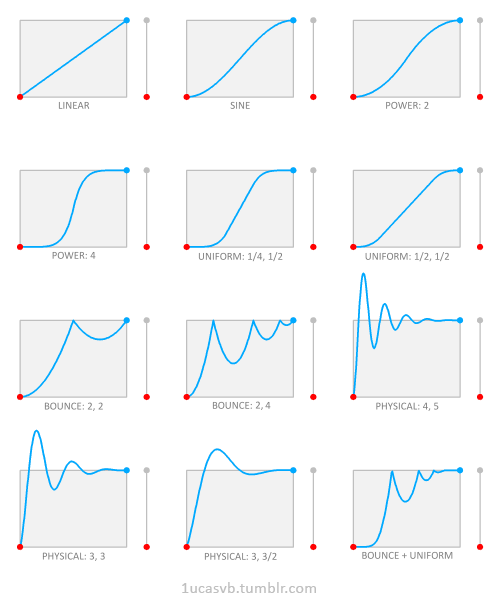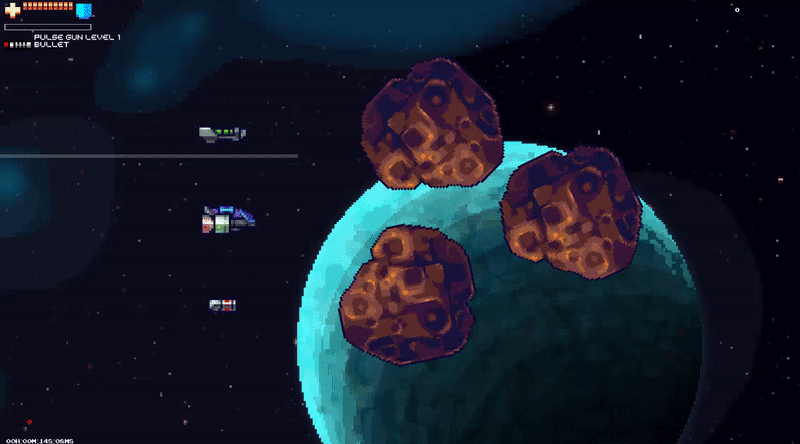Hello guys,
first of all i would like to introduce myself. I come from Belgrade, Serbia, i'm 34 and i grew up playing likes of U.N. Squadron, R-Type and Uridium on C64, then Z-Type, Project X and Xenon 2 on Amiga 500, all the way to Jets 'n' Guns and Steredenn on PC. I have been stalking the forum for a long time, but opened an account just recently, and i decided to open a DevLog thread where i could share the news on the game's development, make someone interested, and above all, help someone by sharing my experience in game development (which proved to be a very serious thing).
Gameplay and features
RHAG is, despite it's name fitting an adventure game better, a more or less classic 2D horizontal scrolling shoot 'em up i always wanted to make. It's a mixture of Jets 'n' Guns (who has the Story Mode) and Steredenn (which is basically and Endless Mode only game). The story features Rick Henderson, a disillusioned galaxy war veteran who turned to suspicious activities after the war to make ends meet, his robot follower, sarcastic Ben who makes every conversation fun, and a lot of NPC's who will be introduced during the development.
Story Mode Single Player - Interesting storyline full of dialogues with interesting characters to keep you amused between levels.
Endless mode with Multiplayer - Local and Online
Daily Challenge - Once per day Endless Mode Run with predefined equipment and perks
Online Leaderboard - Compare your scores with your friends and other players
6 factions - Pirates, Rokh Raiders, Terran Confederacy, Vakshaa, SunDyne Corporation and Paragons.
40+ types of enemies (for now)
30+ types of weapons and upgrades (for now)
Single Player is featuring a shop between levels where you can equip your ship with weapons, drones, engines, utilities, shields and armors.
Weapon types: Ballistic, Energy, Explosive, Meelee. Each type of enemy is usually resistant (partially or fully) to a certain type of damage, so watch your loadout! Ship can equip two weapons, but they can't be fired simultaneously. Weapons also generate heat, so you can't keep that button pressed all the time.
Graphics:
Game is done in pixel art which i really love and which proved itself as (usually) the best choice for shmups due to its clarity (and yes, development costs). I'm not much of an artist, so besides the things i do myself (backgrounds and small art), credits go to Lighterthief, a young lad from Netherlands who does some amazing graphics. I'm often awed how quickly he can make some good looking stuff. You can check his art on his Twitter account: @Lighterthief
Sound:
I've been a musician and sound designer in my spare time doing mostly electronic music for the last 15 years, so i've got that covered. If things turn out well, i might have a surprise artist for music which you all know well, but let's not talk about that yet.
More Information
Website - http://www.fatpugstudio.com
Twitter - https://twitter.com/FatPugStudio
Tumblr - http://rickhenderson-game.tumblr.com
Devlog - https://forums.tigsource.com/index.php?topic=59099.0
Currently the single endless mode is in development, after that is finished i will get down to local multiplayer and dailly challenges. The hardest part will be the story mode and online multiplayer which i will leave to be the last.
Here are some pictures, in a month or so i will probably present the video of a gameplay. I see you are a really hardcore shmup community (i've been a non-registered lurker for a long time), so you're welcome to shoot any questions if you have them






























